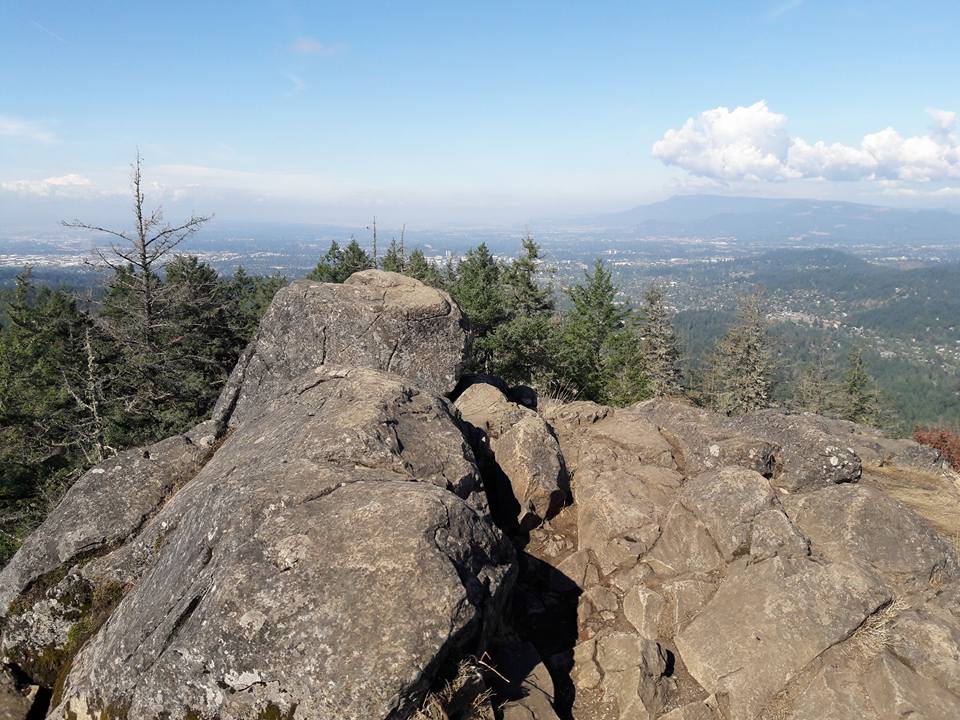An Introduction to Gorge

I am staring at a blank document. I am listening to Gorge Bricolage by Hanali. I am taking a deep breath. I am remembering a nosebleed in Loveland, Colorado that lasted for two days—maybe it was the dry air or the altitude or the stress of travel—and the way the mountains loomed on the horizon. They made me feel like I could fall into the sky. Fall and fall forever. Fall apart. I go through half a pack of cigarettes outside the hotel, staring up at Longs Peak, blood periodically trickling from my nose.
Gorge is a beautiful fever dream. Gorge is a style of electronic music inspired by mountain climbing. Gorge is Gorge. Most of the scene is in Japan, but the origins of the genre are shrouded in a semiotic fog, tracing back to mythical clubs in the mountainous regions of India and Nepal. According to the Gorge Public License (GPL) there are three things that make a track Gorge:
1. Use Toms
2. Call It Gorge
3. Don't Call It Art
The vague, open nature of the GPL points toward a contradiction at the heart of Gorge. Gorge can be almost anything, but it is a specific thing following a particular aesthetic thread through a particular history within a particular scene. Gorge is Gorge. Climbing is climbing, but there are many routes to many summits.
On first encounter, this kind of specificity in variety can be dizzying. Gorge plays with the raw and conceptual material of genre the same way it plays with distorted toms. Gorge bootists (Don’t Call It Art) draw on everything from Footwork (Realized EP by Thiefist) to Industrial (山岳信仰 Mountain Worship by Indus Bonze) to New Age (New Age of Gorge by Franz Snake) to the Japanese folk music tradition of Ondo (Ondo Dimensions compilation) in attempt to synthesize the sounds of the earth meeting the sky, the hardness of stone, bodies dancing at the hypoxic limits of endurance and altitude. They project the spirit of Gorge simultaneously into the primordial past of the Roots Gorge Archives and the unknowable future of Gorge Out Tokyo 2112. They generate new genres within Gorge: from the glacial dance rhythms of Slab (SLAB by Drastik Adhesive Force) to the breezy volcanism of Island Gorge (ISLAND GORGE 2 by TEACHI). They take up Gorge as its own raw material, deconstructing and reconstituting the genre into new yet familiar forms (The Summit Of The Gods by Kazuki Koga). Within and through it all, Gorge is Gorge.
While the scene developed in Japan, Gorge has grown into a global phenomenon. A 2017 compilation from United GORGE Bootists of America provides a snapshot of a thriving US Gorge scene, where bootists like Gorge Clooney and Whatever Your Heart Desires have made their respective marks. The more recent Mountain Day compilation from GORGE.IN features 808-based Gorge from Japan, Argentina, Spain, and the Czech Republic. Gorge is everywhere.
At the summit of Specer Butte, I am out of breath. It’s only 627 meters up, but for someone who grew up in a swamp the air feels thin. The view is worth it. The little lizard sunning on a bare rock. I’m amazed that anything lives up there. We pick wild blackberries on our way home.
